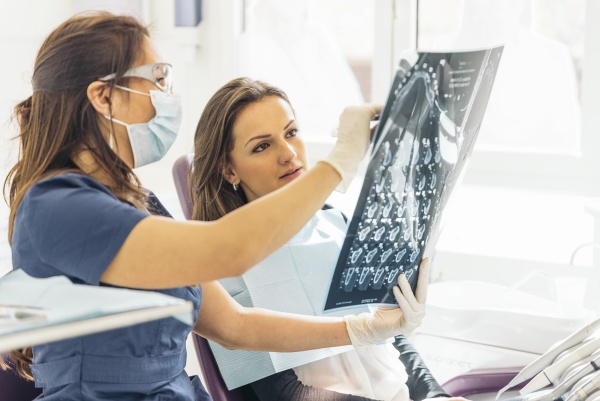 When it comes to dental services, there is plenty of confusion as to which procedures and treatments are covered at a high percentage and which have minimal coverage. While the nuances of dental insurance coverage differ by each provider, there are some overarching trends that hold true regardless of the insurer. Below, we delve into the dental services typically covered at high percentages to help patients plan their budget with accuracy.
When it comes to dental services, there is plenty of confusion as to which procedures and treatments are covered at a high percentage and which have minimal coverage. While the nuances of dental insurance coverage differ by each provider, there are some overarching trends that hold true regardless of the insurer. Below, we delve into the dental services typically covered at high percentages to help patients plan their budget with accuracy.
Dental Services Covered at a High Percentage
Dental procedures that are preventative and diagnostic tend to have coverage at a comparably high percentage. Examples of such dental services include checkups and cleanings. Most dental insurance providers cover between 80 and 100 percent of the plan’s contract allowance. These dental services have coverage at such a high percentage (or in full) to encourage patients to visit the dentist’s office at least once every six months.
People are much more likely to visit the dentist for a regular checkup and cleaning if they know that the insurance covers the majority or even the entire cost of the service. Such preventative analysis and treatment reduce the need for additional dental procedures. If such diagnostic and preventative dental services were not covered in full or at a high percentage, people would not have the positive reinforcement necessary to meet with their dentist every six months.
Why Other Dental Services are not Covered at a High Percentage
More complex dental services such as oral surgeries, orthodontic services and restorative care are only partially covered by insurance for good reason: these services tend to be much more complex than preventative and diagnostic services. Furthermore, patients usually need to pay more out of pocket for complex dental services like fillings, crowns and dental implants. The pay increase is due to the fact that patients typically bear some of the responsibility for the oral health issues that require such restorations.
Consider the issue of coverage from the insurer’s perspective. If a patient does not take proper care of his or her teeth and requires restorative care or another form of dental care, that individual should bear some of the financial burdens. Otherwise, it would be difficult for the insurance company to remain profitable and stay in business.
A Brief Look at the Typical Dental Coverage
Most people with dental insurance enjoy what is commonly dubbed “100, 80, 50” coverage. This means the coverage pays the full cost of routine diagnostic and preventive care as noted above. Fillings, root canals and additional basic dental procedures usually receive coverage at around 80 percent. More complex dental restorations like crowns and bridges are covered at a level of 50 percent.
Do not assume your dental insurance covers all or even a certain percentage of oral health services. Always consult with your insurance provider if you have any questions. Do not proceed with any type of dental treatment or procedure unless you know exactly what you will have to pay out-of-pocket and the portion your insurer will cover. We can go over more of this in detail during a phone call and appointment.
Why does this all matter?
For more information or to schedule an appointment with Park Avenue Dental, request an appointment in our Wantagh dental office here: https://www.parkavenuedentalwantagh.com. Or call us at (516) 785-1188.
Related Posts
Preventative Dental Care from Our Dental Office
Preventive Dental CareThere are two types of patients who visit the dentist. The first is the type of person who comes in regularly, on the dot, for their biannual inspection, and then there are those …
Coronavirus (COVID-19) Prevention Efforts and Emergency Dentistry Care
Due to the coronavirus disease (COVID-19), the American Dental Association has released guidelines for dental practitioners across the country. As of March 16, 2020, it is recommended that dentists delay all nonessential treatment and perform …
Emergency Dentistry and the Coronavirus (COVID-19) Disease: Is a Broken Tooth Considered a Dental Emergency?
As you think about emergency dentistry and the Coronavirus COVID-19 disease, you may wonder when you can still go to the dentist. Health and government leaders have closed many businesses to promote social distancing. However, …
Types of PPE per CDC Guidance Used by Dental Professionals at Park Avenue Dental
Dentists protect themselves from bacteria and viruses by using PPE per CDC guidance. The CDC has outlined different types of personal protection equipment (PPE) dentists should use. The CDC has announced more guidelines during the …
